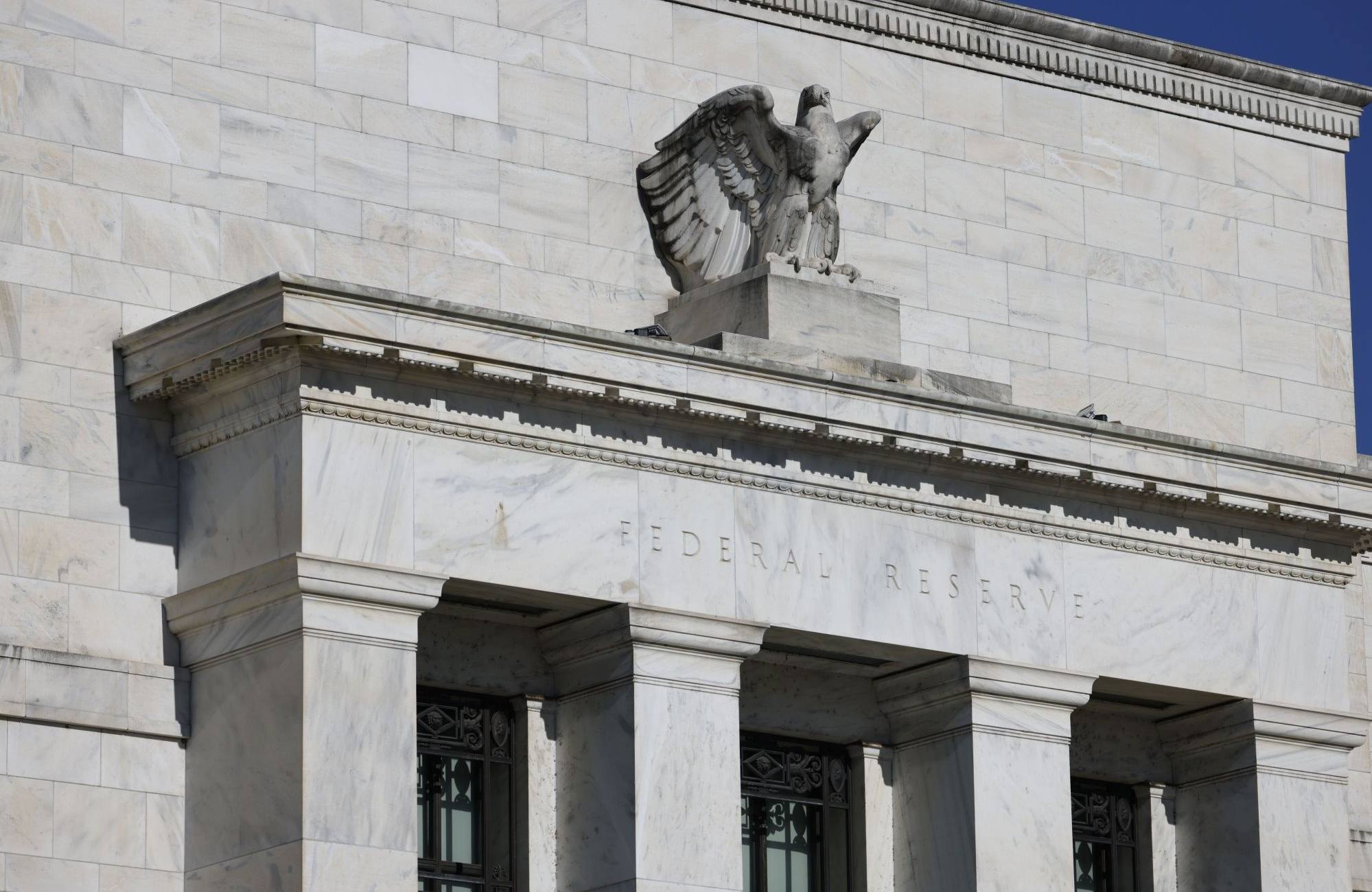
Five indicators to watch in 2023 that may impact your investment choices
- This year may prove less disastrous for bond and equity markets than 2022, but the need to bring down inflation by raising interest rates has not gone away
- While the outlook is confusing, there are some useful gauges to keep within sight, including interest rates, employment levels and property prices
It’s all terribly confusing. To help investors benchmark themselves, here are five “cut out and keep” indicators to spot in the dominant narrative of 2023. Forewarned is forearmed.

Not many remember the pain of high inflation, unless you can remember president Ronald Reagan saying in 1981, “Inflation is as violent as a mugger, as frightening as an armed robber and as deadly as a hit man”. Yet in the last decade central banks have pressed repeat on “borrow or print money” to fund governments as they hit the “spend” button. The inflation indicator for investors this year will be whether global authorities can retain credibility in the light of that policy.
If by some fluke the Fed, like Goldilocks, sets rate levels just right, we must still face interest rates and inflation levels much higher than anyone under 40 has experienced. My recent mortgage statement shows a rise of 20 per cent – the first rise in maybe two decades.
That jump in most people’s largest expense overshadows any rise in energy costs or supermarket bills. Investors need to spot whether this becomes headline news in the next six months.

Third, unemployment will go up. We currently have full employment in the major economies, but high inflation leads to high unemployment because everyone in the economy will be looking to cut costs. Unproductive labour will drive up government spending, debt, and – you guessed it – interest rates. The metric to monitor is how fast we go from low unemployment to high.
Those who have a lot of debt are likely to be looking to raise cash by liquidating assets and that means real estate prices fall, but if inflation is stubborn, it is worth taking a bet to stay in and pay the higher interest rates, and hope that the “J” curve bails you out.
Fifth, events will change your plans. “Events, dear boy” was the response by UK prime minister Harold Macmillan when asked what concerned him. Markets do not worry about known known events, and a little more about known unknowns; it is the unknown unknown events that trigger damaging progressive market falls.
What will the global economy look like in 2023?
The pandemic arrived in 2020, the Ukraine war in 2022. Investors will have to be active. This will not be a year to relax on a beach and clip the coupons.
Hong Kong may even be regarded as an option on the Chinese economy, doing worse in the bad times and better in the good. This recovery is a tactical catch-up because a slowing global economy will not help Chinese growth, but every dark cloud has a small glitter of tinsel.
Richard Harris is chief executive of Port Shelter Investment and is a veteran investment manager, banker, writer and broadcaster and financial expert witness







